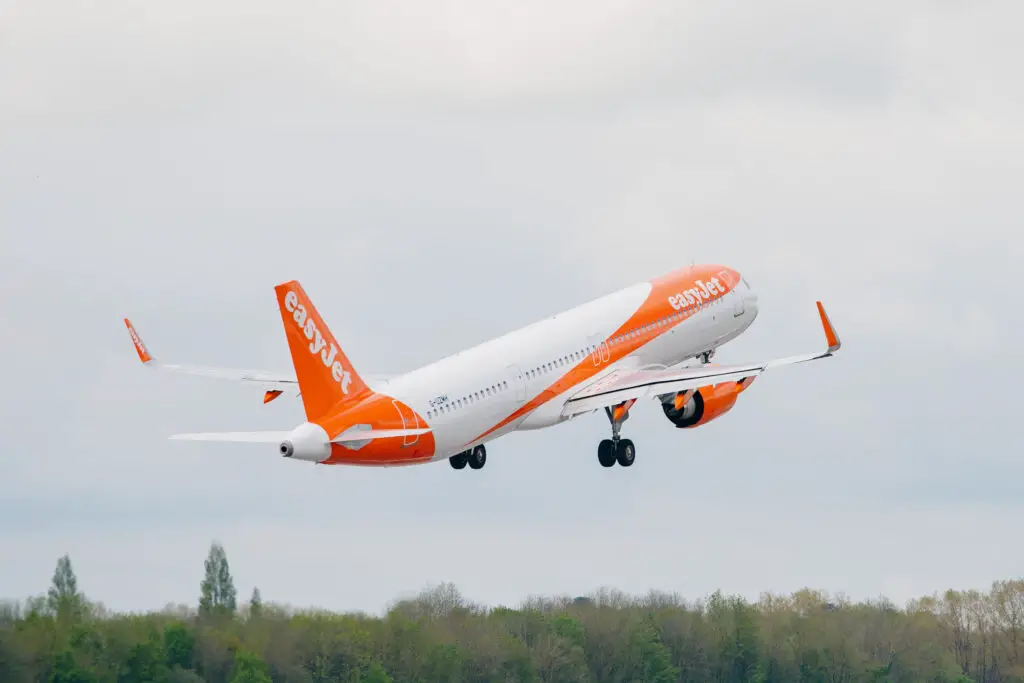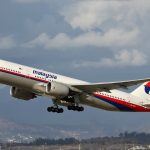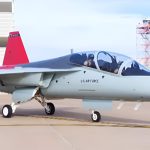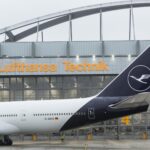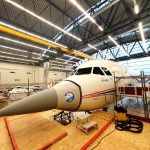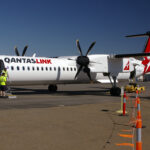Yesterday, low-cost carrier easyJet unveiled a roadmap to achieve a net zero emissions balance by 2050. In doing so, it joined many other industry players who have recently declared their aim to reach that milestone by the middle of this century.
The company set out a series of axes on which it will work to gradually reduce its environmental impact. Like other plans of this type previously announced by different companies and organisations, it establishes a series of objectives, both in terms of emissions reduction and compensation.
The programmes include work to transition to zero carbon technologies, fleet renewal plans, increasing overall operational efficiency, airspace modernisation, carbon dioxide capture and storage, and the use of sustainable aviation fuel (SAF).
The net zero emissions plans take into account the possible future availability of new technologies that are currently not accessible or not yet feasible on a large scale.
In particular, easyJet highlighted its ongoing joint work with Airbus and Rolls-Royce to support research and development of new propulsion technologies. The ultimate goal is to operate hydrogen-powered aircraft, according to the company.
«Challenging the status quo is in easyJet’s DNA», said Johan Lundgren, the company’s CEO. «Today, we are the first airline to outline an ambitious roadmap in which zero carbon emission technology plays a key role to take us to net-zero emissions by 2050», he assured.
Company’s stated intention is in line with those already expressed by other major airlines. However, the next few years will be key to assessing whether or not the announced targets will be met.
Zero-emission technologies
The company highlighted its ongoing work with companies such as Airbus, Rolls-Royce, GKN Aerospace, Cranfield Aerospace Solutions and Wright Electric to support the study and implementation of hydrogen propulsion alternatives.
While these technologies are still in the early stages of development, significant progress has been made and specialised companies are working to increase their availability and facilitate access to this type of low-emission propulsion for manufacturers and operators. It is a solution with good medium-term growth prospects.
Fleet renewal
The airline said it will invest some 21 billion dollars over the next few years to continue renewing its fleet. It plans to take delivery of 168 new Airbus A320neo family aircraft, the most modern version of the European manufacturer’s popular single-aisle series.
Fleet modernisation is one of the most effective measures to achieve a reduction in the environmental impact of an airline’s operations in the short term. Each new generation of aircraft offers improved performance through the incorporation of new construction materials, aerodynamic design improvements and, in particular, more fuel-efficient engines.
The A320neo aircraft consume up to 15% less fuel and have a 50% lower noise impact compared to the previous generation.
Increased operational efficiency
Among other measures, easyJet highlighted investments in new on-board software for the optimisation of aircraft descent profiles, known as DPO (Descent Profile Optimisation). This feature allows descent from cruising altitude using only engine thrust at idle, reducing fuel consumption as well as carbon dioxide and nitrogen oxide emissions.
The technology maximises flight time at the efficient cruise level, when aircraft consume less fuel, and subsequently minimises the time spent in level flight at a lower altitude, when engines must generate more thrust due to higher air density.
Implementation of the tool is expected to be completed within a year. Once done, easyJet will have the largest fleet of DPO and CDA (continuous descent approach) equipped aircraft in the world. The technology will enable an estimated annual reduction in carbon dioxide emissions of 88.600 tonnes.
Sustainable aviation fuel
According to the airline, it has already secured the provision of the volume of SAF reflected in its roadmap for the next five years, as part of its partnership with Q8Aviation, one of Europe’s leading suppliers of aviation fuel.
In 2021, easyJet became the first airline to operate flights from London Gatwick Airport using a blend of 30% SAF and 70% Jet A-1.
See also: Vertical Aerospace Becomes the First British Company in 20 Years to Lift off With a New Aircraft

